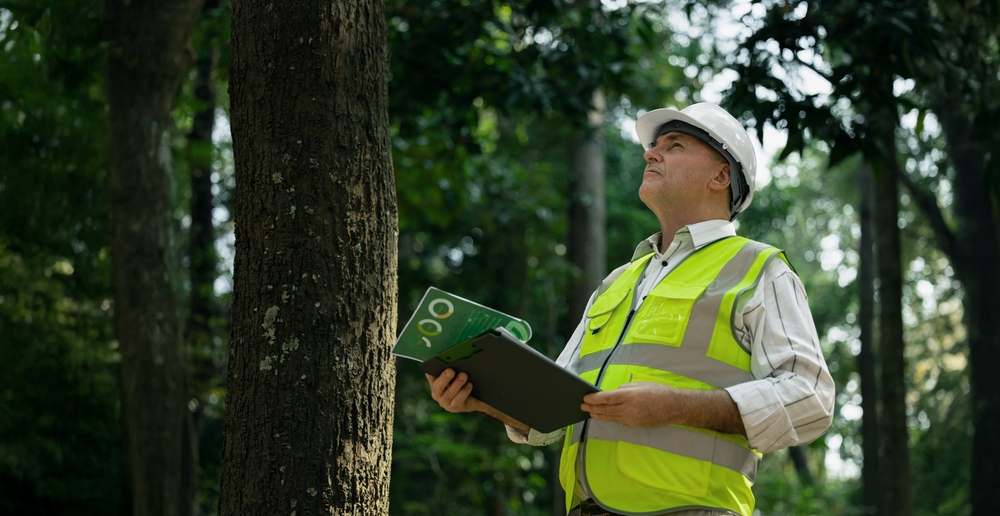As Australia moves towards greener cities and more environmentally responsible planning, the materials used by street furniture manufacturers are under the spotlight. More and more councils, architects, and landscape designers are considering not just how street and park furniture looks or functions—but how it lasts, how it’s sourced, and how it impacts the environment. Two of the most popular choices in urban furniture today are sustainable timbers and recycled composite materials. But which is best suited to your public space project? This blog explores the differences between these materials, their advantages and limitations, and what to consider when choosing the right one for your park or streetscape. Whether you’re installing park furniture in Melbourne or specifying furnishings for a new urban precinct from local street furniture suppliers, making an informed choice is key.
What Is Sustainable Timber?
Sustainable timber is harvested from responsibly managed forests, where replanting and biodiversity are prioritised. These timbers are often certified by schemes like the FSC® or PEFC™. In Australia, commonly used options include species like spotted gum, blackbutt, and ironbark—all native hardwoods known for their resilience.
The natural look of timber blends beautifully with both urban and parkland settings, offering warmth and character that synthetic materials often can’t replicate. Additionally, when sourced locally, timber can have a lower carbon footprint compared to imported or petroleum-based products, making it a popular material among street furniture manufacturers.
Pros:
- Aesthetic appeal and natural warmth
- Renewable and biodegradable (when not chemically treated)
- Easily repairable and refinishable
Cons:
- Requires regular maintenance (e.g. oiling or sealing)
- Can deteriorate faster in harsh weather conditions if untreated
- Susceptible to vandalism or pests without proper care
What Is Recycled Composite Material?
Recycled composite materials are engineered products made from a mix of post-consumer recycled plastics and reclaimed wood fibres or other additives. These materials are increasingly popular for their longevity, resistance to wear, and low maintenance needs.
Often used in bench slats, decking, and furniture frames, recycled composites are a smart option for public spaces with high foot traffic or minimal maintenance budgets. Many street furniture suppliers now offer composite options that replicate the look of timber without the upkeep.
Pros:
- Resistant to rot, moisture, and UV damage
- Virtually maintenance-free
- Often made from post-consumer waste (great for sustainability goals)
Cons:
- Can get hotter than timber in direct sunlight
- Less ‘natural’ in appearance
- Difficult to repair if damaged
Where Each Material Performs Best
Choosing between timber and recycled composite depends on your environment and how the furniture will be used. For example:
- Urban CBDs and high-traffic transit areas often favour recycled composite for its low maintenance and durability.
- Bushland reserves and community parks may opt for sustainable timber to blend with the natural surroundings.
- Harsh coastal regions often see better longevity with composite, which is more resistant to salt and moisture.
- In heritage precincts, sustainable timber remains the go-to for maintaining aesthetic continuity.
Ultimately, a blend of both materials is common in modern projects, depending on the application.
Environmental Impact and Lifecycle
Both sustainable timber and recycled composites contribute to environmentally conscious design in different ways.
Timber, when harvested and managed properly, supports carbon sequestration and local forestry industries. Recycled composites reduce landfill waste and avoid the use of virgin plastic, aligning with circular economy principles.
A holistic approach to sustainable urban design often considers not just the initial material choice but also the product’s life cycle, recyclability, and maintenance requirements.
Councils and planners specifying park furniture in Melbourne and other Australian cities are increasingly using Green Star certification guidelines and lifecycle assessment tools to make these decisions.
Final Considerations
When specifying materials for an urban development project, consider:
- Climate conditions
- Foot traffic and usage patterns
- Aesthetic goals
- Maintenance budgets
- Environmental certifications and sourcing
It’s not always a clear winner—each project will have its own priorities. But by understanding the unique benefits of each material, you can ensure your urban furniture will meet community needs while standing the test of time.
Sustainable Streetscapes Start with Smart Choices
As demand grows for environmentally responsible cities, both sustainable timber and recycled composite materials play important roles in shaping public spaces. When working with street furniture manufacturers, understanding the strengths and limitations of each material will help you create spaces that are beautiful, functional, and future-ready. Whether you’re sourcing park furniture in Melbourne for a new green space or evaluating long-term procurement plans with your street furniture suppliers, consider not just what works today—but what will still work in ten years. The right materials can support your design vision while also making a positive impact on the planet.





